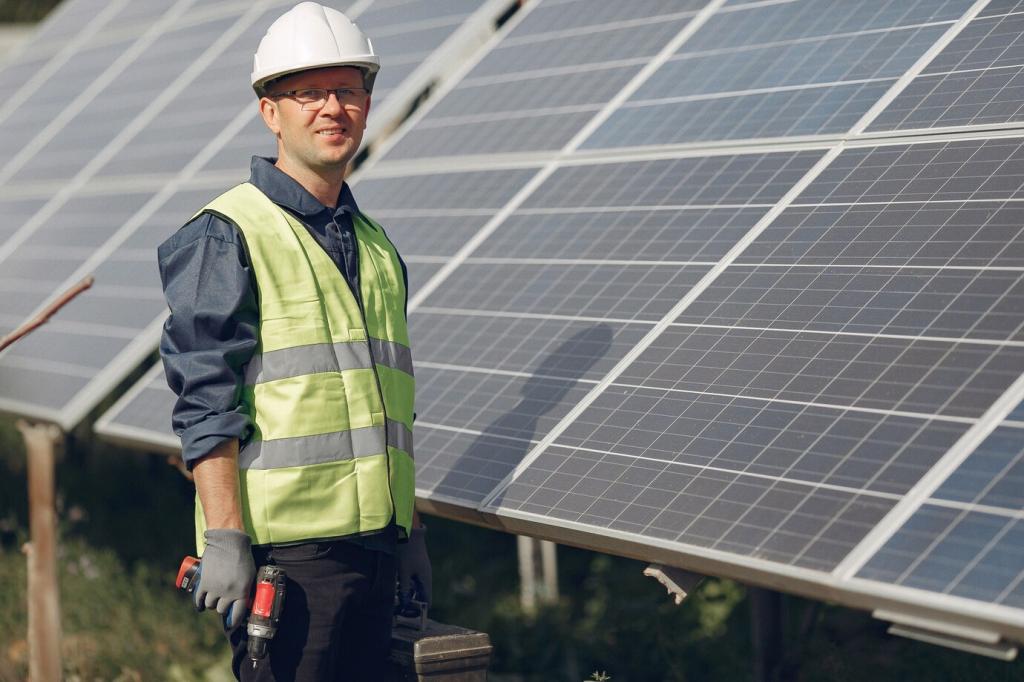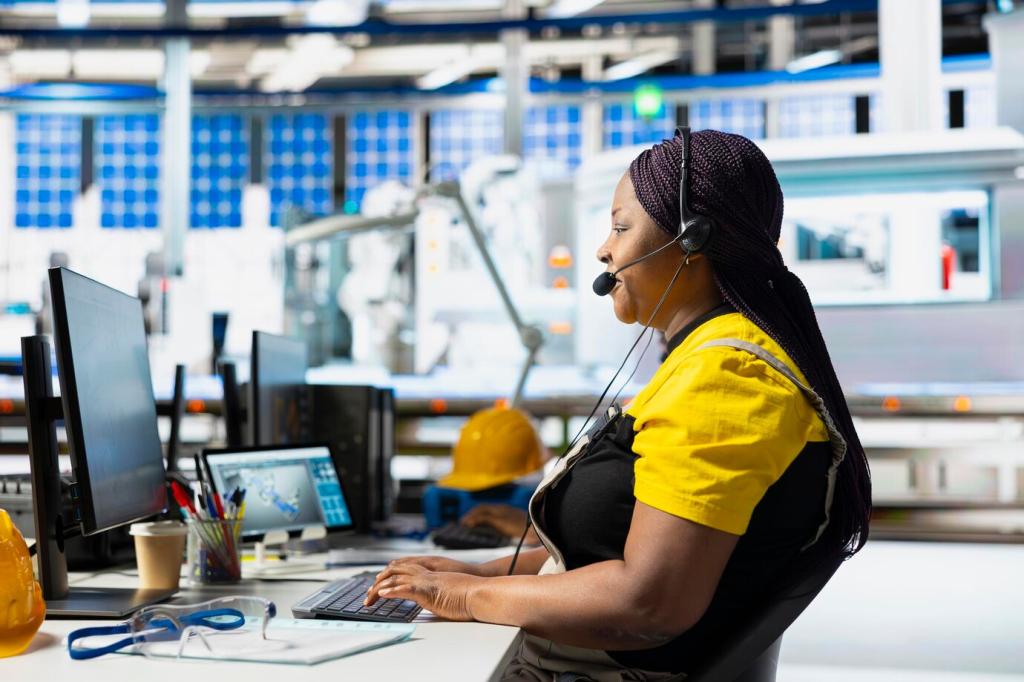Shine Brighter: Cleaning Techniques for Solar Panels
Today’s chosen theme: Cleaning Techniques for Solar Panels. Welcome to a practical, encouraging guide that blends science, stories, and step-by-step methods so your array stays safe, spotless, and consistently productive.
Safety, Timing, and Preparation
Shut down the system according to the manufacturer’s instructions, secure your ladder, and avoid walking on panels or fragile roofing. Wear non-slip shoes, use a harness where needed, and keep electronics sealed. Share your safety checklist ideas in the comments so we can refine this community guide together.

Tools and Supplies for a Scratch-Free Clean
Brushes and Pads That Treat Glass Kindly
Use soft-bristle or microfiber brushes on a telescoping pole to reach safely from the ladder edge. Avoid scouring pads, steel wool, or anything abrasive. A reader once swapped to a flagged-tip brush and saw faster cleans with zero micro-scratches—share your favorite gentle tools below.
Water Delivery Without High Pressure
Rely on low-pressure hose flow or a pure-water pole system rather than a pressure washer. Gentle flow floats grit away before you touch the surface. If you’ve tried different nozzles or flow restrictors, comment with your best setup for rinsing without forcing water under seals.
Cleaners That Rinse Truly Clear
Prefer deionized or soft water and a mild, biodegradable, residue-free detergent if needed. Many owners skip soap entirely when using pure water. If you do add cleaner, confirm it’s glass-safe and warranty-friendly, then rinse thoroughly. Subscribe for our seasonal checklist with detergent dilution tips.



Adapting Techniques to Climate and Environment
Dusty or Arid Regions
Windborne dust can dull output quickly; monthly light rinses often beat infrequent deep cleans. Avoid cleaning during windy hours to prevent fresh deposits. If you’ve measured gains after desert storms, share your before-and-after numbers so readers can plan their own frequency with confidence.
Coastal Salt and Mist
Salt crystals attract moisture and can etch over time. Rinse more often with deionized water and check frames for early oxidation. We’ve heard from a pier-adjacent array owner who recovered 12% output after two quick rinses in a month—post your coastal cadence and compare notes.
Pollen, Smog, and Urban Grime
Sticky films may need a residue-free surfactant followed by a long pure-water rinse. Consider compatible hydrophobic coatings to reduce buildup. If smog is seasonal where you live, subscribe for our reminder prompts just before the peak—then tell us whether your coating cuts cleaning time.
Data-Driven Maintenance and ROI
Set a Performance Baseline
Record weekly kWh, note weather, and compare to expected output for your system size and tilt. Look for 5–10% sustained dips as a cleaning trigger. Share a screenshot of your production graph after a wash; real numbers inspire others to adopt smarter, safer routines.

